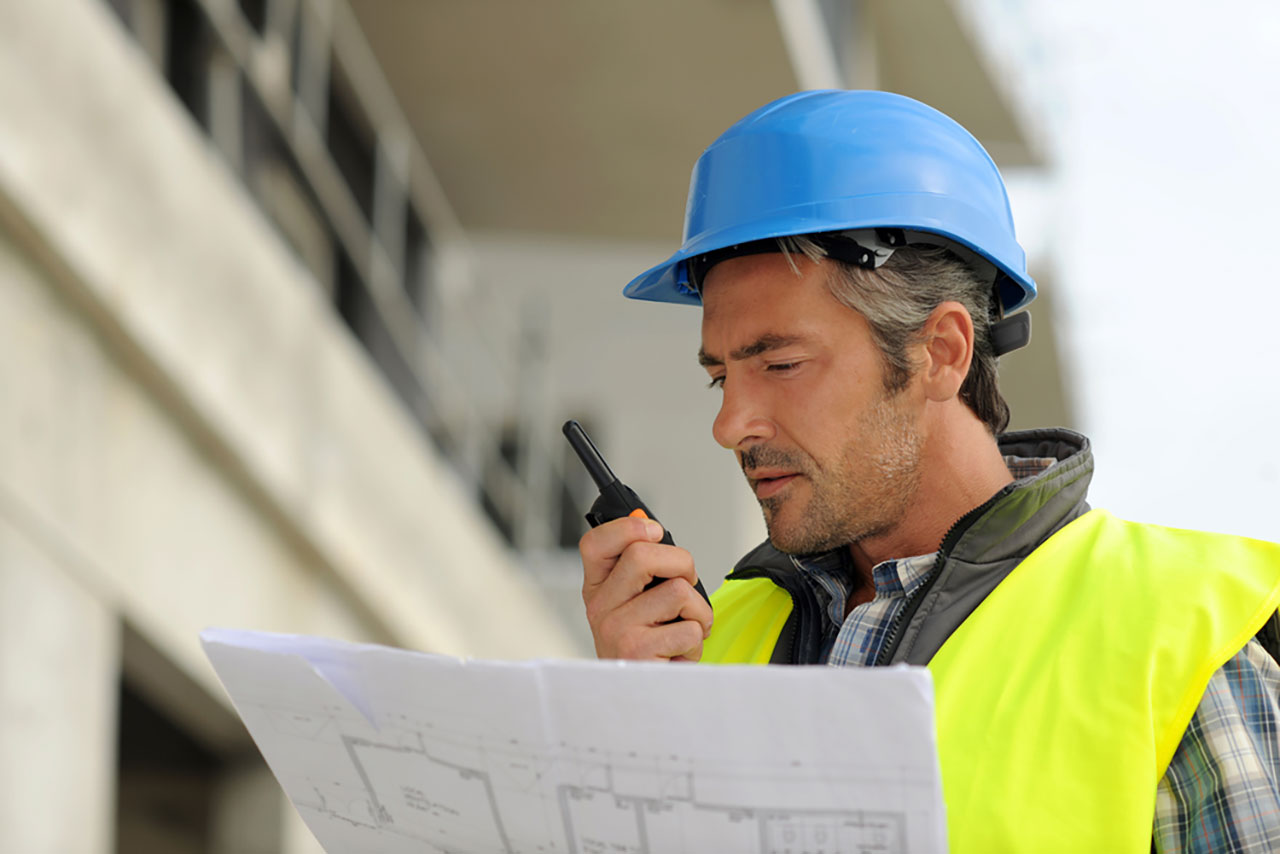

One of the most effective tools you have as a supervisor is your ability to communicate calmly and clearly, even in unsafe or dangerous situations. Effective and efficient communication takes practice so make it a habit daily through the consistent use of positive and clear/understood terms when describing job-site hazards to your people.
As a supervisor, you probably get tired of telling your people that what they’re doing isn’t safe. Yelling never helps. In addition to making you tired, those direct corrections can put your crew members on the defensive. When people feel defensive, they are less likely to accept new information, and less able to act on it.
Your ability to communicate calmly and clearly, even in dangerous situations, is one of your greatest safety tools! Be sure to do the following when describing onsite hazards at the site.
Use positive language to reinforce the message
Use words that each person can understand
Speak clearly and away from loud noise and distractions if possible
When stress is high and you see an unsafe behavior onsite:
Instead of: "Hey, that’s not safe! Don’t lean over that far when you’re on a ladder!"
Try: "Why don’t you come down from there for a sec; I’ll help you reposition the ladder."
Try: "I appreciate that you want to get this done today, but the scaffolding will arrive this afternoon, and it’s important to me that you’re still in one piece when you go home."
Try: "Here’s a ladder. Come on up now, and we’ll get a trench box in there to protect you before you get started on your work."
Try: "Tom, take a break from what you’re working on and clean up this spill, please, so you don’t slip."
Try: "It’s too risky. Let’s make another plan."
Try: "That looks pretty dicey. I want you to stay safe."
Try: "What’s your plan for controlling those hazards?"” And "How can I help?
When you make it a habit to consistently use positive, clear words when you’re describing job-site hazards, you are setting yourself up for success and your site — reducing unplanned injuries, incidents, and accidents.
Tools Featured Training